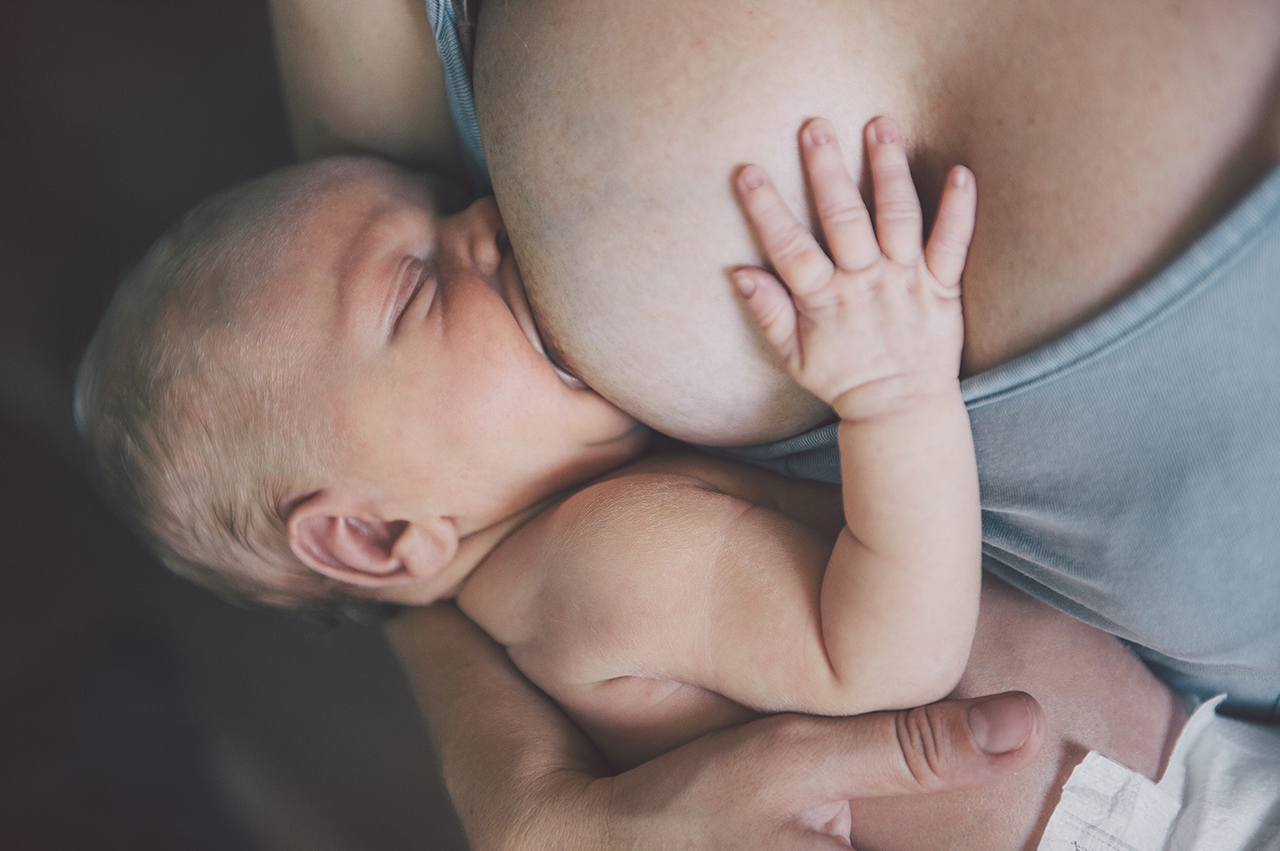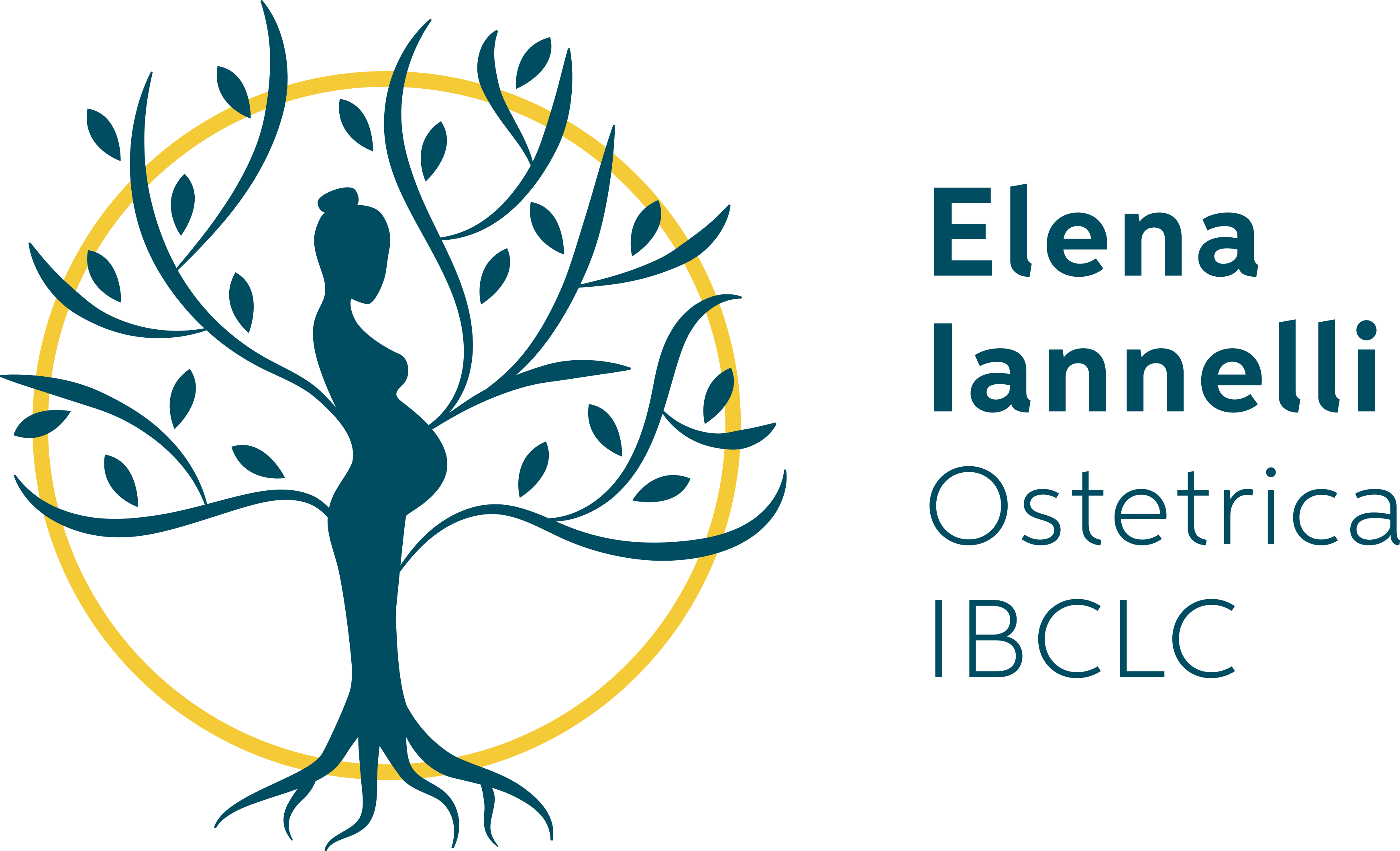Is it normal to be in pain while breastfeeding?

Breastfeeding is a special time of connection between mother and baby, but it can also be accompanied by feelings of pain or discomfort. If you are a new mother, it is normal to experience some form of discomfort (different from pain!) during the first weeks of breastfeeding, as your body is getting used to this new experience.
Nipple or breast pain while breastfeeding can be caused by several factors, including incorrect attachment of the baby to the breast, nipple sensitivity or inflammation of the milk ducts. In addition, mothers may also experience muscle tension or pressure in the breasts, especially in the early stages when milk production is still stabilising.
Thankfully, there are many effective strategies to manage discomfort during breastfeeding making the experience more comfortable for mother and baby. Here are some useful tips for you:
1) Correct position: One of the main causes of painful breastfeeding is an incorrect position. Try to position your baby correctly at the breast, this can greatly reduce that unpleasant feeling. For the most common positions, make sure to place your baby “belly to belly”, with his or her nose aligned with the nipple. His or her body should be in close contact with yours. If you have had an episiotomy or caesarean section, try to find a position in which you are comfortable (such as lying down or ‘rugby’ position).
2) Correct attachment: This is crucial to prevent pain. Make sure that the baby’s mouth is wide open and captures not only the nipple but also most of the areola. This will help reduce pressure on the nipple and prevent soreness. It is important that he/she does not have to turn his/her head to latch onto the breast. The attachment should be asymmetrical, i.e. you should ensure that your baby takes more portion of the breast from below (towards the chin) than from above.
3) Using nursing pillows: Nursing pillows can be a valuable ally in maintaining a comfortable position during breastfeeding. Placing pillows under your arm or behind your back can relieve muscle tension and reduce pain.
4) Ask for support: Don’t hesitate to seek help from a lactation consultant if you have ongoing difficulties. They can assess the situation, offer personalised recommendations and practical/emotional support to help overcome the challenges associated with this period of growth.
Breastfeeding can be a time of intimacy and bonding between mother and baby, but it can also present challenges. With the right support and practice, many mothers find that the pain diminishes over time and breastfeeding becomes a more comfortable and fulfilling experience for both.
How to recognise a good latch-on:

1) Chin in close contact with the breast
2) Very wide angle of the mouth (>120°)
3) Everted lips
4) Baby’s body tight to mother’s body
5) Portion of areola not visible from chin side but more visible at upper lip (asymmetrical attachment)
6) Non-painful feeling (except slight discomfort the first few seconds)
7) Monitor swallowing frequency after the first suctions
Incorrect latch-on:
Start with a good attachment:
Getting the right latch on to the breast is the key to a smooth start of breastfeeding!
Sometimes it happens more naturally than others, but in any case, it is always a skill that you and your baby need to learn together.
A good latch helps to prevent pain and soreness and ensures good milk production. It is important to do it well.
STEP-BY-STEP GUIDE TO BREASTFEEDING:

1) Hold the baby’s body very close to you, with the nose at nipple level.
2) Let the baby’s head tilt back slightly so that the upper lip can lightly touch the nipple. This should help the baby to create a wide, open mouth.
3) When the baby’s mouth opens wide, the chin should be able to touch the breast first, with the head tilted back so that the tongue can reach as much breast as possible. Note how the lower lip curves out.
4) When the baby’s chin firmly touches the breast, the mouth should be wide open. You should see much more areola above the baby’s upper lip than below the lower lip. The baby’s cheeks will appear full and rounded during feeding.

